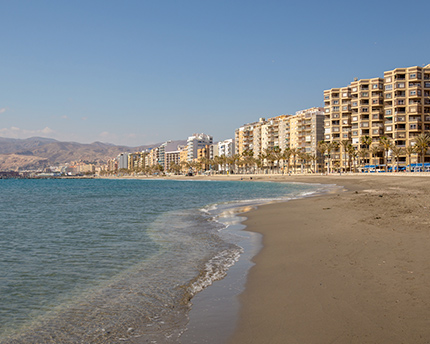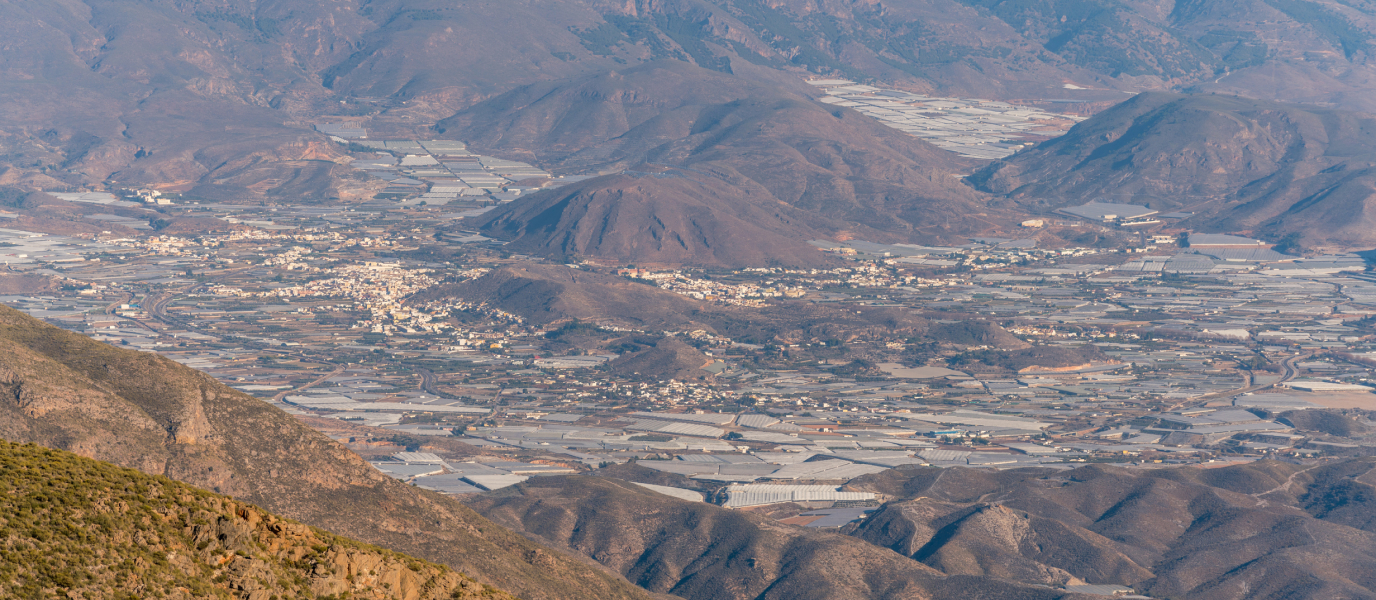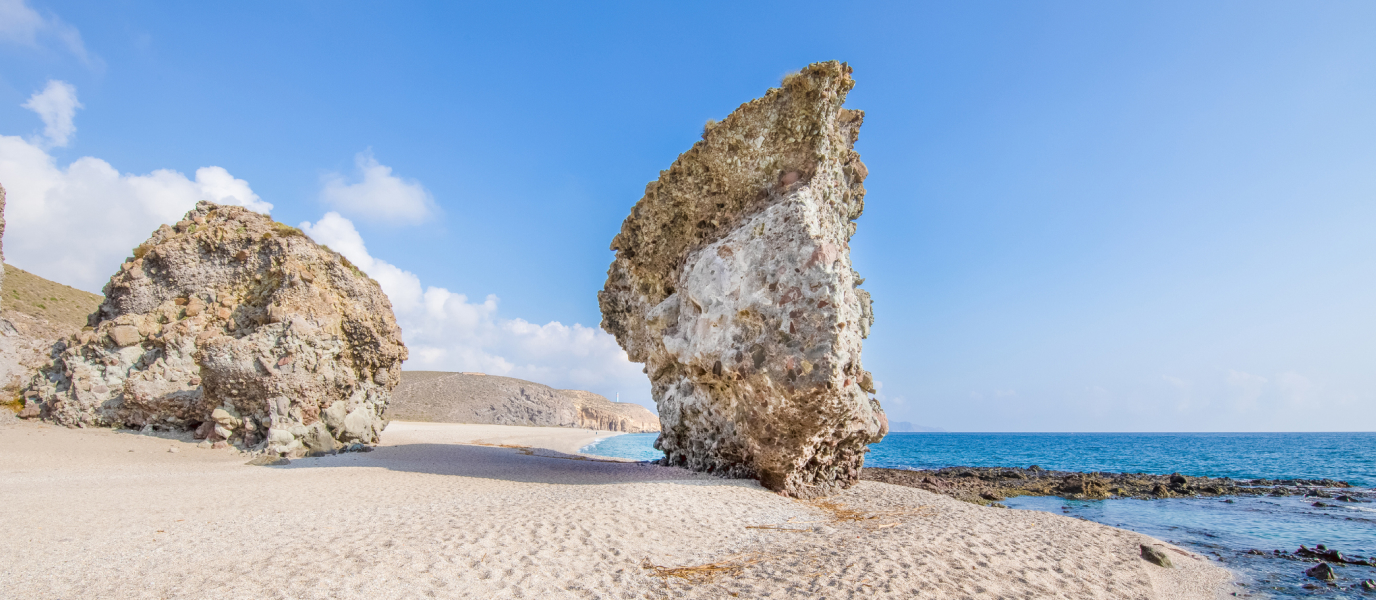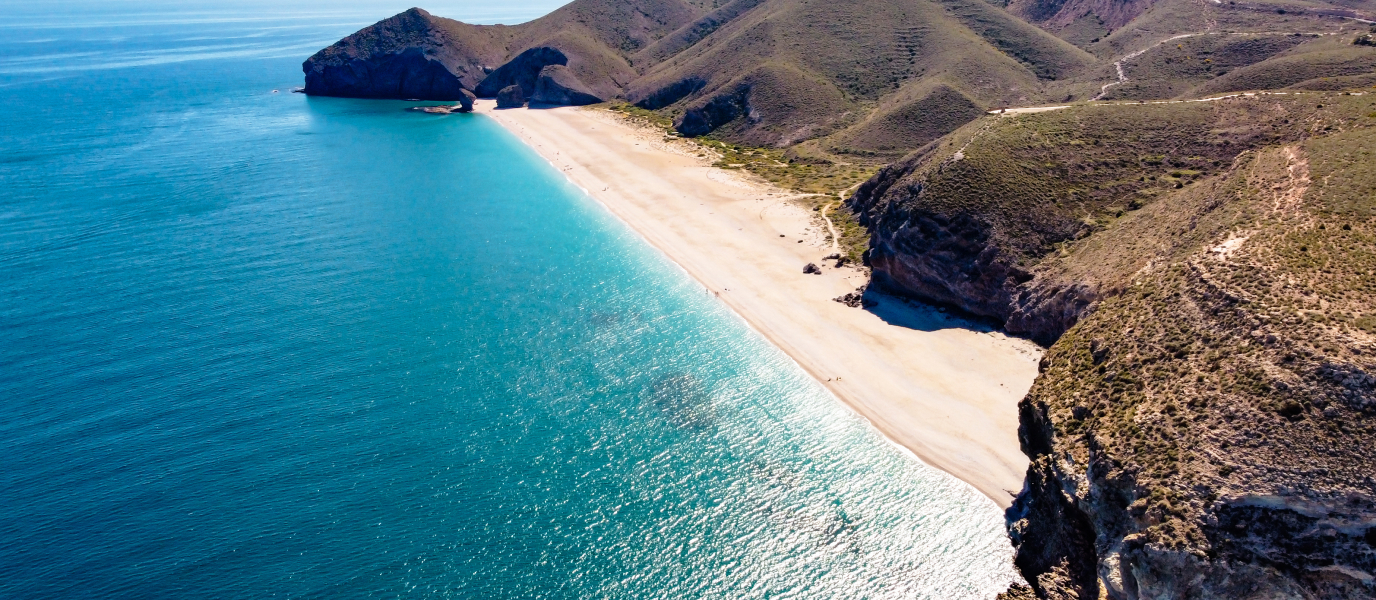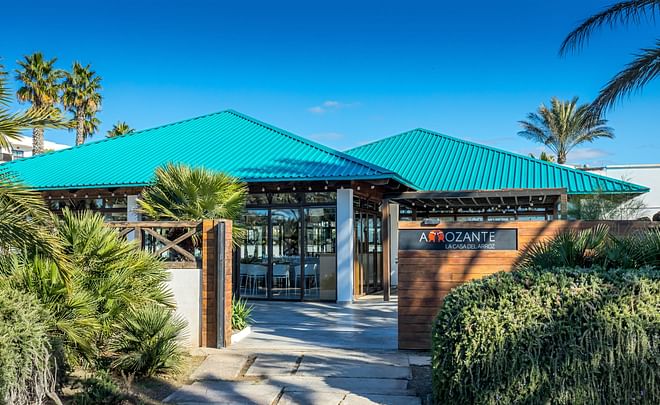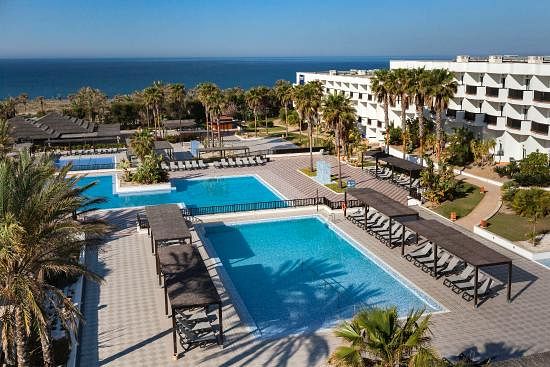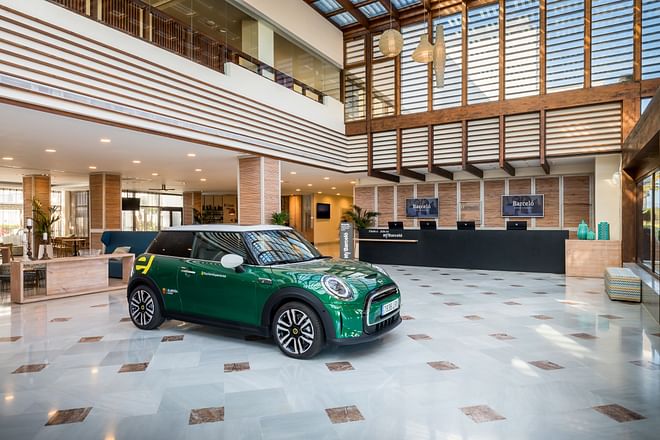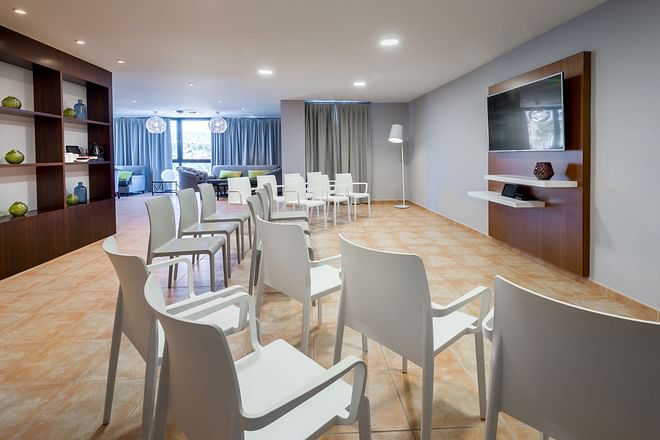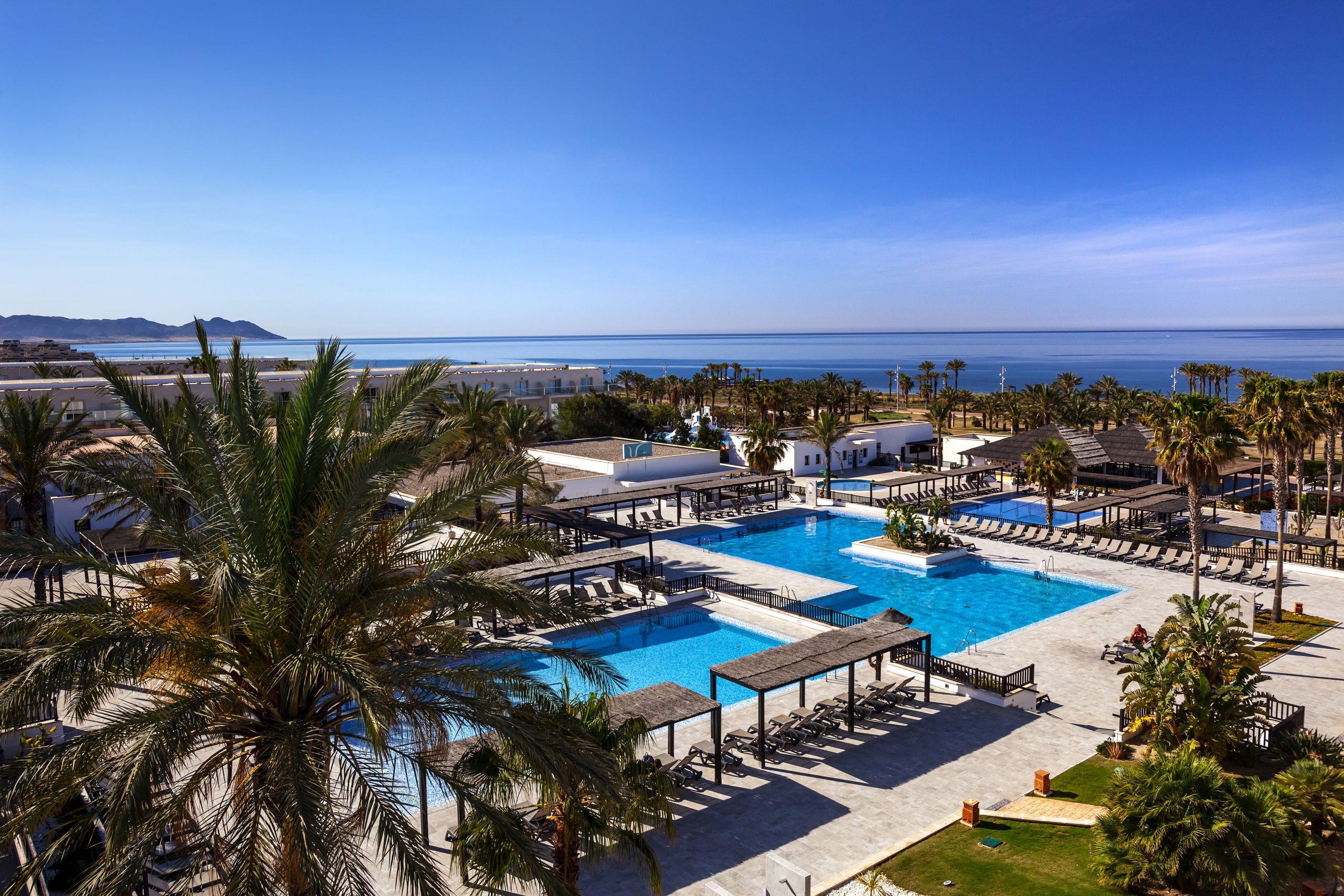El Palmeral beach stretches out in a perfectly straight line a stone’s throw away from Cabo de Gata avenue in the centre of the capital of the province. In spite of the fact that its sands extend some 2 kilometres from the centre, it is known by various names along the way; from Zapillo beach to San Miguel beach. No matter what name it goes by, though, you won’t be sorry you took the time to visit.
El Zapillo: seafaring roots
50 years ago, El Zapillo was a small fishing village with quaint houses and a few small boats anchored offshore. In the 1970s, this humble neighbourhood began to develop rapidly into what is to be seen today; those vast rolling fields that were once the scenic background to this village have become urban layouts and those small houses have grown into large apartment blocks. With the opening of new roads and improvements in communication, tourists have now found a place to rest and enjoy the good weather without having to leave the city.
Today, Avenida del Mediterráneo (one of the most important connecting roads in the province) and the Seaside Promenade frame this area imbued with the scent of the sea air, where locals walk in the shade of balconies, greeting each other on their way out to have a coffee or buy bread in the small local businesses of the neighbourhood.
El Palmeral
The province of Almería has more than 100 kilometres of beaches, and its capital is no exception. In the centre of the city, locals and tourists can enjoy the enormous beach and all the many available amenities.
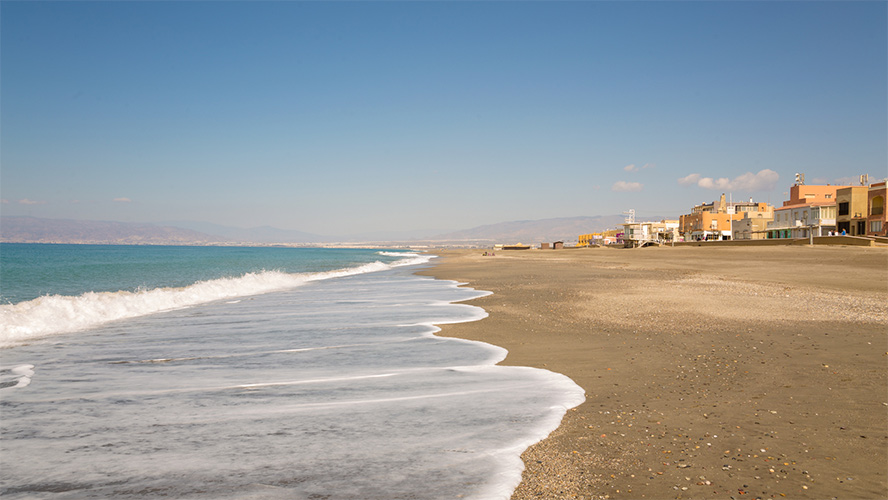
In spite of being surrounded by apartment complexes, places of leisure and relaxation, the beach has long held the coveted Blue Flag denomination as a beach of high quality and cleanliness. Strolling along its length, placing your feet in its fine sand or the delicate foam of the waves is an absolute delight, especially as you’re right in the city centre.
El Palmeral beach also has excellent wheelchair access, mobile walkways, a sunbathing area with plenty of seats and support railings, disabled showers and also amphibious beach chairs for adults and children alike. Also, you can count on excellent lifeguards, noticeboards and plenty of shaded areas for those especially hot days.
San Miguel beach
This is the name of the stretch of beach that is closest to the centre of the city – approximately15 minutes by foot – and it receives many visitors in summer. It stretches around 500 metres between the port of Almería and the breakwater of San Miguel.
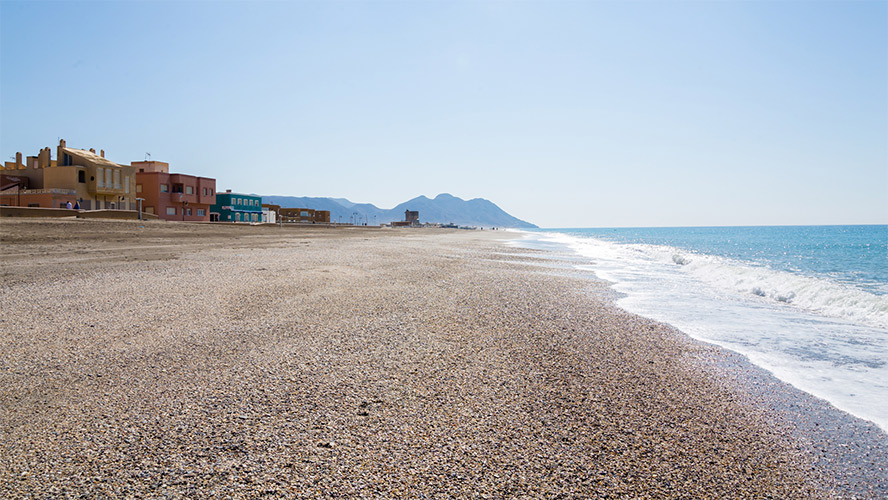
El Zapillo beach
The following 500 metres of beach are named El Zapillo and is found just in front of the old fishing neighbourhood. Due to the high number of tourists in summer – and the numerous apartments on the seafront – when thermometers read over 30 degrees there isn’t a patch of sand on this beach that isn’t occupied by a parasol, so be sure to get there early!
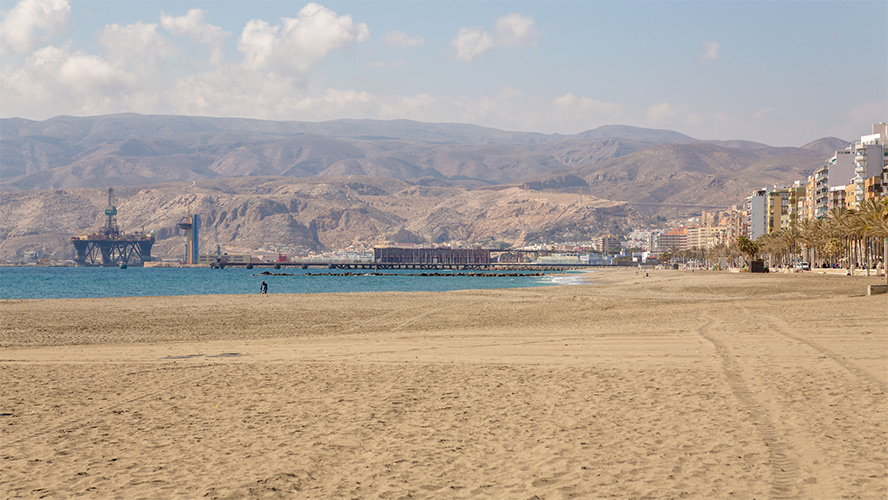
El Palmeral beach
Continuing from El Zapillo beach, another 500 metres of golden sands extend towards the Térmica breakwater. This is a more residential area than the others mentioned above, and this can be seen in the dwindling height of the apartment complexes and the fact that they are more spread out too. This district of the city is considerably more relaxed, with excellent restaurants that are no longer shoulder to shoulder with each other. However, that doesn’t mean El Palmeral lacks any liveliness. On El Palmeral there is an abundance of beach bars where you can have a drink or some tapas with the sand between your toes and a beautiful view of the sea ahead.
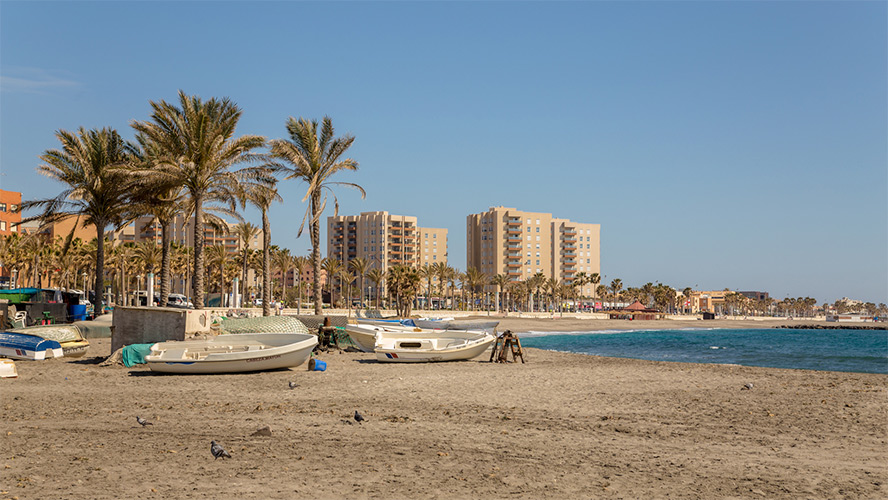
La Térmica beach
This segment of beach has quite an interesting story behind it. Located right in front of the old thermal power plant. During the 70s, it became a famous maritime sanatorium since the water used to cool the plant’s engines was then filtered into the sea, making it an ideal 30 degrees to take a dip. In spite of it being prohibited, people – especially older people with bone and joint problems – ignored the warnings and swam in the water.
Today, the plant no longer exists, but there is an accessible breakwater where people fish and take a walk by the sea. When the winds are strong, families with children group closer to the breakwater where the waters are calmer and safer.



























































